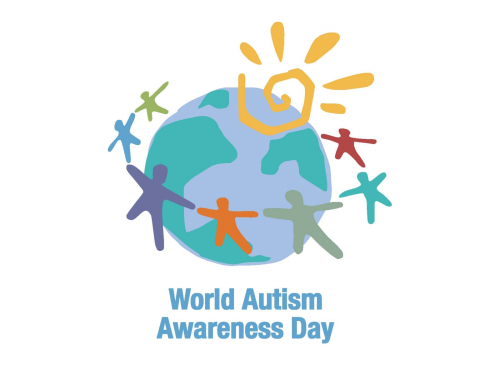Today marks the start of National Reconciliation Week. The theme for 2025 is “Bridging Now to Next”, inviting all Australians to reflect on our shared histories and take action towards a more respectful and united future.
Positive Partnerships is proud to launch its latest resource about sensory processing. This new animation, 'Understanding Sensory Processing', was co-produced with our First Nations Reference Group, drawing on the lived experiences of community members.
This resource intends to support the understanding of young people and their sensory processing experiences and differences through a cultural lens.
Narrator (00:01):
There are eight senses that people may receive information from. Sight, taste, touch, hearing, smell, vestibular tells us about our balance, proprioception tells us about our body and movement in space, and interoception tells us about our internal feelings such as feeling hungry. This information is received from our surrounding environment and inside our bodies. It is collected and sent to our brains, where it is processed. Once our brain has processed all this information, it tells us how to respond. Everyone processes their senses differently depending on their own sensory profiles.
Nanna (00:55):
Come with me, young ones, today is out on Country day. As we walk together, my Country will help us learn about the eight senses. See all the different shapes of the trees and hills. Look at the different colors. Your hearing helps us identify sounds in our environment and locates where those sounds are coming from. Don't worry, young one. We can be sensitive to different sounds and we learn which ones as we grow. I like the feel of some things, but not the feel of other things. We can smell the rain coming.
Granddaughter (02:14):
We can smell the rain coming. I love that smell. It's my favorite, and it reminds me of Country.
Nanna (02:28):
I love the smell of the fire as well.
Granddaughter (02:33):
I like the taste of the meat cooked on the fire. The crunchy outside is my favourite part. I like how it tastes and feels.
Nanna (02:42):
So do I, but I don't like eating soft food. I don't like how it feels in my mouth. With dancing, you have to be aware of the position and movement of your body.
(03:08):
Your vestibular sense provides your sense of balance and information about how fast and which direction our head is moving. It tells us if we're upside down or the right way up.
Granddaughter (03:21):
I lost my balance. I have trouble when I try and balance.
Nanna (03:32):
This is your Country. This is your ancestor's Country. All those feelings you can feel inside your body are important and can tell you things. Put your hand over your heart, young ones. Can you feel your heart beating? This is your insides telling you that you're on Country.
Granddaughter (03:53):
Country makes me feel warm inside. This is like the feeling when my dad hugs me. Let's go back to camp, my body is telling me I'm thirsty and tired. It's time to rest with everybody.
Narrator (04:13):
Sensory processing refers to how the brain takes in, understands, and responds to information from the world around us. Our senses keep us safe. When we know about our young ones' sensory profile, we are better prepared to support them.






